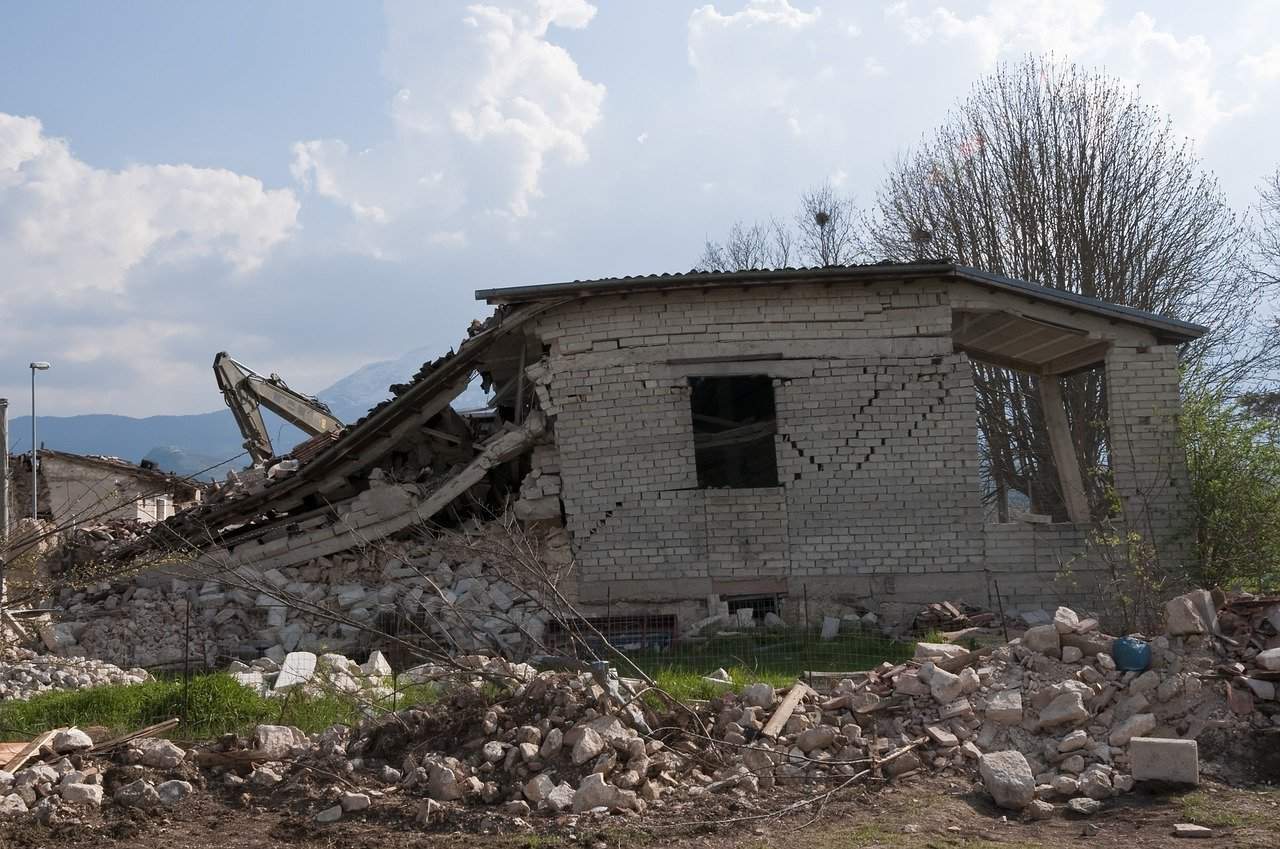What causes earthquakes in Hungary?
According to origo.hu, compared to other regions of the Earth, the Carpathian Basin counts as a relatively peaceful place from a seismic view. But the truth is that it is not peaceful at all. Due to the very deep plate tectonic processes, more than one million quakes bust the crust every year.
The majority of these quakes can only be detected by special instruments, the number of moderately strong (at least magnitude 6 on the Richer scale) earthquakes is only around 200, while there’s only 2-3 truly destructive (magnitude 8 or more) earthquake every year.
Hot upwelling from the depths of the Earth
Earthquakes are globally caused by the drift of substances – the thermal motion of the cape’s hot, melted detritus – in the core of our planet. The plates of the firm crust, the lithosphere, are “floating” on the viscose asthenosphere due to thermal motions that are coming from the deep. The lithospheric plates are in constant, slow movement.
The plate motions can happen affront each other, which signifies percussive or convergent plate borders, but the lithospheric plates can also move away from each other, which creates divergent plate borders. Also, the plates can slide by each other.
High energy tensions pile up in the crust in all three cases, and, when they bust, we can talk about seismic activity or earthquakes. 90% of the earthquakes can be detected at the plate borders.
Unpeaceful microplate at the depth of the Adriatic Sea
Hungarian earthquakes are caused by the collision of the African and Eurasian plate. This process has been going on for a very long time on a human scale. India joined Asia about 37-35 million years ago, at the end of the Eocene period. This, the coalescence of Africa and the Arabian plate, and then its collision with Eurasia triggered the Alpine orogenesis, and the upthrust of the Eurasian Mountain Range, including the Pyrenees, the Alps, the Carpathians, the Dinarides and the Himalaya. The African-European plate border is still active.
The upthurst of the Eurasian Mountain Range
However, the plate border doesn’t fall in place with Africa’s geographic northern border, in other words, the southern coastline of the Mediterranean Sea. It actually deeply streches under the Mediterranean basin instead. The microplate lying under the Adriatic Sea, called the Adriatic thorn, belongs to this plate border. The Adriatic microplate moves in a northern-north eastern direction, while turning counter clockwise. The complicated movement of the Adriatic thorn determines the tectonic and seismic conditions of the Apennines, the Alps, the Dinarides and the Carpathians.
Due to the rotating movement of the Adriatic microplate, significant tensile stress piles up in the crust, which’s burst causes the Italian earthquakes for instance.
The northern movement of the Adriatic thorn has a pressurizing effect on the Carpathian Basin, which is the cause of earthquakes in Hungary.
The biggest Hungarian earthquake
Origo.hu writes that there are approximately 100-120 earthquakes registered by experts every year in Hungary. The majority of them is less than the strength of 2.5, so most of them can’t even be sensed.
Strong, destructive earthquakes of 5.5-6 strength can only be expected in every 40-50 years. The most serious Hungarian earthquake happened on the 28th of July, 1763. The epicentre of the quake was in the vicinity of Komárom, and it had a strength of 6.3 according to the Richter scale.
The Zsámbék Premontre monastery church
The natural disaster took a toll on the nneighbourhood, causing many casualties: 63 deaths and more than 120 injuries. Seven churches – including the famous church of Zsámbék, the 13th century Prémontré abbey church – and 279 buildings were completely demolished, and 353 buildings suffered serious damages. The quake was accompanied by a strong sound effect.
The last big earthquake happened on the 12th of January, 1956, when the epicentre of the seismic occurrence was in Dunaharaszti. It was caused by the dislocation of a deep dolomite ball of earth. It caused two deaths, injured 38 people and damaged 3144 buildings (out of 3500).
Photo: www.eurekalert.com
Copy editor: bm
Source: http://www.origo.hu/
please make a donation here
Hot news
What happened today in Hungary – 26 July, 2024
Drama: number of births in a 20-year low in Hungary
Yay or nay? – 6 odd Hungarian delicacies that make our skin crawl
Budapest tourism “exploded” this past weekend
Container transport in Budapest may stop: How will this affect Hungarian economy?
Minister: Hungary will protect its territory by every means possible




